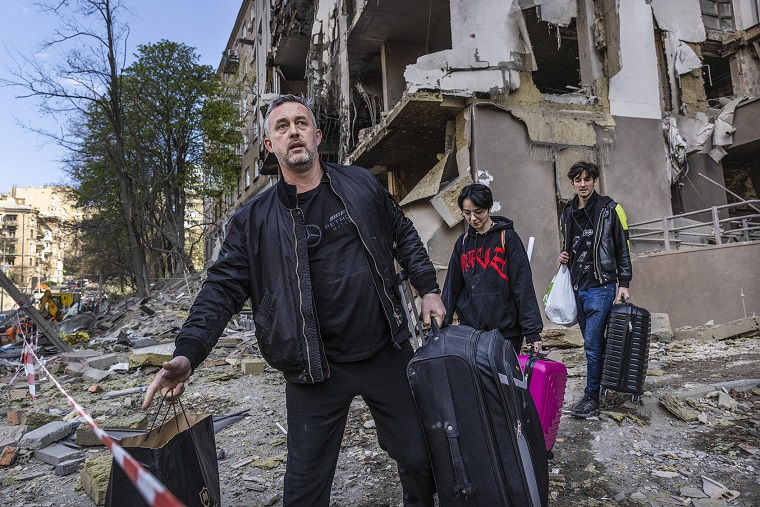 More than three months since the start of the war in Ukraine, people globally are facing a cost-of-living crisis not seen in more than a generation, with escalating price shocks in the global food, energy and fertilizer markets – in a world already grappling with the COVID-19 pandemic and climate change.
More than three months since the start of the war in Ukraine, people globally are facing a cost-of-living crisis not seen in more than a generation, with escalating price shocks in the global food, energy and fertilizer markets – in a world already grappling with the COVID-19 pandemic and climate change.
An estimated 1.6 billion people in 94 countries are exposed to at least one dimension of the crisis, and about 1.2 billion of them live in “perfect-storm” countries which are severely vulnerable to all three dimensions – food, energy and finance – of the cost-of-living crisis, according to the latest findings of the United Nations Secretary-General’s Global Crisis Response Group (GCRG) on food, energy and finance systems.
“For those on the ground, every day brings new bloodshed and suffering. And for people around the world, the war, together with the other crises, is threatening to unleash an unprecedented wave of hunger and destitution, leaving social and economic chaos in its wake,” warned Secretary-General Antonio Guterres at the launch of the GCRG’s latest brief.
“Vulnerable people and vulnerable countries are already being hit hard but, make no mistake, no country or community will be left untouched by this cost-of-living crisis.”
Countries’ ability to deal with adversity in the face of rising global challenges continues to erode. To address the crisis, strong political will across the multilateral community and a comprehensive approach is foremost necessary. The vicious cycles the crisis creates shows that no one dimension of the crisis can be fixed in isolation.
“Tackling just one aspect will not solve the global crisis we are in,” adds Rebeca Grynspan, the Secretary-General of the UN Conference on Trade and Development, joining Guterres at the launch of the brief.
“Incomes are being squeezed, and families are forced to decide how to allocate shrinking household finances. And so with this mind, another vicious cycle starts – the cycle of social unrest leading to political instability as a result of the weakened ability of countries and families to cope with yet another global crisis, on top of COVID-19 and the climate crisis.”
Today, about 60 percent of the world’s workforce is estimated to have lower incomes than before the pandemic. More than half of the world’s poorest countries are in debt distress or at high risk of it.
According to the brief, the increase in hunger since the start of the war could be higher and more widespread. World Food Programme estimates show that the number of severely food insecure people doubled from 135 million pre-pandemic to 276 million over just two years. The ripple effects of the war in Ukraine, however, are expected to drive this number up to 323 million in 2022.
The Food and Agriculture Organization’s latest food price index had already reached a record high in February 2022 before the war started, since then it has had some of the largest one-month increases in its history, with its record high in March 2022.
Continued next page
(105 VIEWS)

